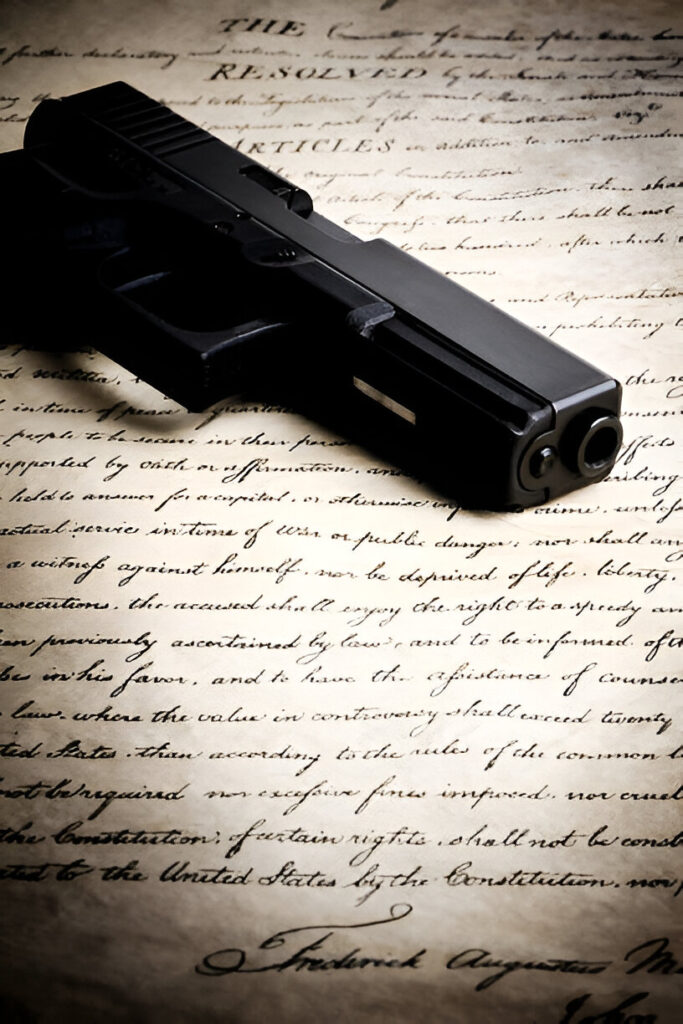The Second Amendment of the United States Constitution, ratified in 1791, states: “A well regulated Militia, being necessary to the security of a free State, the right of the people to keep and bear Arms shall not be infringed.” Over two centuries later, its interpretation continues to stir public debate, legal scrutiny, and political polarization. Amid this enduring controversy, legal scholars and activists like John Enos have emerged to reframe the conversation. Enos offers a nuanced, contemporary perspective that seeks to reconcile historical intent with modern societal needs.
Historical Context of the Second Amendment
Understanding the modern interpretation of the Second Amendment requires a glance at its origins. The framers crafted this clause within a historical context rooted in rebellion against tyranny. The right to bear arms was closely associated with resisting centralized military power and ensuring the people’s ability to form militias. At the time, standing armies were viewed with suspicion, and the citizen-soldier concept was a safeguard of liberty.
Yet, this 18th-century reality has shifted dramatically. Today, the U.S. boasts a massive standing military and numerous law enforcement agencies. Modern society no longer relies on militias for national defense. Consequently, scholars like John Enos argue that while the core values of liberty and self-defense persist, the application of the Second Amendment must evolve to meet current realities.
John Enos A Voice for a Balanced View
John Enos has gained attention as a constitutional analyst and legal writer who challenges both extremes of the gun control debate. Unlike absolutists who interpret the Second Amendment as providing an unrestricted right to firearms or those advocating for its near-total dismantlement, Enos emphasizes balance. He suggests that constitutional rights must adapt responsibly within the legal and social framework of the 21st century.
In several of his published essays, Enos discusses the importance of originalism—interpreting the Constitution based on the original understanding at the time of its adoption—but he does not stop there. He believes that a strictly originalist view fails to account for technological advancements in weaponry, shifts in societal structure, and changes in law enforcement capabilities. His approach advocates for a constitutional interpretation that considers both historical foundation and contemporary context.
Judicial Interpretations and Shifting Precedents
To appreciate Enos’s argument, one must consider key Supreme Court decisions that shaped the Second Amendment’s legal landscape. In District of Columbia v. Heller (2008), the Court ruled that the Second Amendment protects an individual’s right to possess firearms, unconnected with militia service. This landmark decision clarified that the right extends to personal self-defense, particularly within one’s home.
However, the ruling also acknowledged the government’s ability to regulate firearm possession. It left open questions about what forms of regulation are permissible, paving the way for future legal battles. Enos critiques this ambiguity, urging for clearer judicial standards that reflect modern challenges such as mass shootings, urban violence, and the proliferation of high-capacity weapons.
Following , the McDonald v. City of Chicago (2010) decision incorporated the Second Amendment to the states, further broadening its reach. Enos, however, notes that despite these expansions, courts remain inconsistent in their application of gun regulations. He calls for judicial clarity that preserves individual rights while permitting reasonable restrictions aimed at enhancing public safety.
Role of Public Policy and Legislation
Beyond the courts, Enos examines legislative efforts to regulate firearms. He acknowledges that federal and state governments face a complex task: upholding constitutional freedoms while protecting citizens from gun violence. Measures such as universal background checks, red flag laws, and limitations on certain firearms types have been proposed and, in some cases, enacted.
Enos argues these policies should be evaluated based on empirical evidence, not partisan ideology. He highlights countries with successful firearm regulations that respect individual rights but prioritize community well-being. While he affirms the Second Amendment’s protection, he believes responsible governance demands regulation tailored to modern conditions.
Technology and the Expanding Definition of Arms
One area where Enos’s insight stands out is his exploration of how technological innovation challenges constitutional interpretation. In the 18th century, firearms were single-shot muskets. Today, civilians can legally purchase semi-automatic rifles capable of discharging dozens of rounds in seconds. This evolution dramatically alters the landscape.
Enos contends that failing to adapt the legal definition of “arms” leads to constitutional rigidity. He advocates for updated legal standards that differentiate between firearm types based on their functionality and potential for misuse. Doing so allows the legal system to maintain constitutional integrity without compromising public safety.
Cultural and Social Dynamics
Gun ownership in America is not only a legal matter but a deeply embedded cultural tradition. For many, it symbolizes self-reliance, individual freedom, and historical continuity. Enos does not discount these values. Instead, he urges a broader dialogue that includes voices from diverse backgrounds, including urban communities disproportionately affected by gun violence.
He promotes educational initiatives to raise awareness about responsible gun ownership and safety. Enos believes that fostering a culture of responsibility, rather than fear or glorification, can bridge the divide between gun rights advocates and reform supporters.
Contemporary Interpretations of the Second Amendment
Enos’s perspective invites a thorough reconsideration of how the Second Amendment functions in today’s society. The modern implications of the Second Amendment involve far more than the right to bear arms; they encompass public health, criminal justice, national security, and political stability. As firearms become increasingly powerful and widely available, Enos insists that constitutional protections must be harmonized with contemporary risks.
He stresses that failing to adapt the Second Amendment’s interpretation endangers both individual freedoms and collective safety. Therefore, policies and judicial rulings must reflect a dynamic understanding—one that evolves as society changes, while staying anchored in foundational principles.
Path Forward Enos’s Vision
John Enos envisions a future where the Second Amendment is neither idolized nor vilified but understood as a living component of a living Constitution. He encourages lawmakers to adopt bipartisan solutions based on data and effectiveness. Legal scholars, in his view, should promote flexible interpretations that respect historical intent yet address modern challenges.
He also believes in robust civic dialogue. Rather than treating the Second Amendment as a zero-sum issue, Enos calls for public discourse that seeks compromise and mutual respect. His writings urge Americans to reject absolutism and embrace thoughtful reform grounded in both liberty and responsibility.
Conclusion
John Enos’s approach to the Second Amendment represents a much-needed middle ground in an increasingly polarized debate. By grounding his arguments in historical understanding while advocating for modern application, he bridges the gap between tradition and progress. His work highlights the necessity of revisiting constitutional interpretations to ensure they remain relevant and effective in a rapidly changing world.
In an era where gun violence, civil rights, and constitutional law intersect, the modern implications of the Second Amendment demand careful, informed engagement. John Enos’s scholarship offers a model for such engagement—measured, respectful, and rooted in the best traditions of American legal thought.


